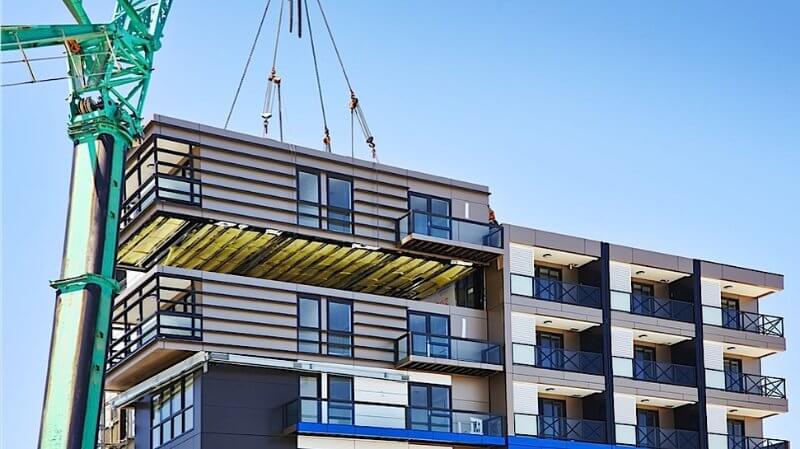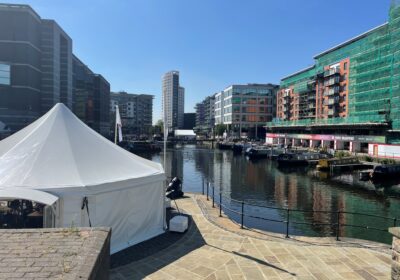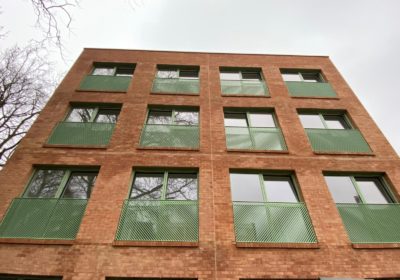The first half of 2019 has offered a sense of direction as to how the housing sector is going to embrace modern methods of construction. Three key things are becoming apparent.
First, joint ventures will feed this nascent sector. The announcement of Sekisui partnering with Urban Splash and Ilke Homes joining forces with Places for People highlight the importance of collaboration.
A traditional contractor model, where winning business can sometimes be hand to mouth, is a tough ask. It’s much harder to cut down a factory’s operations in lean times. Therefore, land becomes mission critical for modular.
Work identified for two or three years that guarantees numbers is a fundamental pre-requisite for investment. Expect to see more collaboration over the next year as the market marries land owners with technical capability.
Second, the nature of the housing delivered through modern methods is likely to be much more focused on the mainstream or affordable sectors where differentiation is a less significant driving factor. Developers seeking to deliver premium housing – where specification and layouts might be highly defined – are going to shy away from the standardization involved in modular housing.
Modular should also work well for the private rental sector. In my opinion, it’s only a matter of time before we see institutional investor developers with aspirations to expand their housing portfolios form alliances or create their own modular capability.
Thirdly, its likely we’re going to see new factories keeping out of the South East but making their home in the Midlands and the North
Sekisui House with its investment in Urban Splash will enhance capability in the East Midlands. Ilke Homes bases its manufacturing capability in Yorkshire.
This makes sense. The London and South East construction labour market is already finite. Factories in the South East will simply take labour off site and put it under canvass and thus increase shortages, not expediate delivery. Far better to base capability where there is a rich history and skills associated with manufacturing.
Dominant Design?
Whilst some of the market movements are starting to become clear, there is one aspect yet to be called. Will modular housing providers conform around a dominant design methodology or will the industry continue to evolve through different pathways?
Currently there are distinct differences between cross laminated timber modular delivery and volumetric concrete and steel. It’s usual for nascent industries to offer a broad spectrum of technology. However, as an industry matures, regulators and consumers exert pressure to conform. The interesting question is whether modular will buck this trend.








